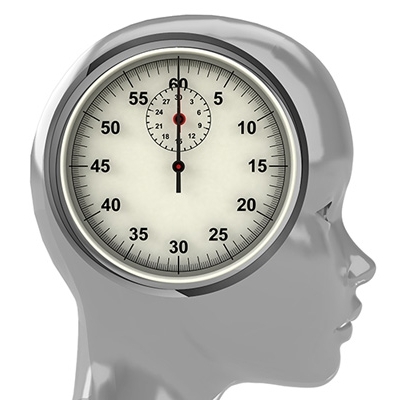Most people have heard of the roadside tests administered for DUI investigations. But interestingly enough, the Standardized Field Sobriety Tests (SFSTs) do not directly measure reaction times at all.

Why Are Fast Reaction Times Important for Driving?
Driving a car may seem simply enough, but it’s actually a complex task. In addition to hand-eye-coordination, driving also requires foot-eye-coordination in order to apply acceleration and braking. A driver must be able to swerve or brake quickly to avoid collisions. To do this, the driver needs to be able to have an awareness of distance, speed, and the amount of time needed to slow a vehicle safely without overreacting.
How Does Alcohol Affect Reaction Times?
Alcohol is a Central Nervous System (CNS) depressant. Because alcohol is water-soluble and can penetrate the blood-brain barrier, the nervous system is a particular target for the negative effects of alcohol. Alcoholism and sustained use of alcohol can have an even greater effect on the brain. Alcohol slows reaction times.
Why Don’t DUI Field Sobriety Tests Gauge Reaction Times?
The three field sobriety tests that are most commonly used by the police in DUI investigations do not specifically test for reaction times. Two of the tests are primarily focused on balance. For example, the Walk and Turn test is very similar to the challenge of walking on a balance beam. Most people can’t do this without raising their arms slightly for balance. On the One Leg Stand test, the test subject is supposed to stand on one foot while holding the other leg out in front. Most people can’t do this without raising their arms slightly for balance. For both the Walk and Turn and One Leg Stand tests, raising arms for balance counts as a “clue” and two clues equals a failure of the test. In other words, if a test subject raises their arms on these tests– and if they make one other mistake– the investigating officer is supposed to assume they are intoxicated at a .10 BAC or higher.
How to Test for Reaction Times
Surprisingly, testing DUI suspects’ reaction times would be simple roadside. The easiest way to test for reaction times is to have someone hold a yardstick vertically in between the test subject’s thumb and index finger. The fingers should be at the end of the stick, ideally near the “0” or “1” mark. The person holding the yardstick then drops the stick without warning, and the test subject attempts to grab it as quickly as possible. The numerical reading on the stick at where the test subject grabbed the stick is not scientific, but it gives some idea of how long it took them to react. To the extent an officer might suggest that this form of testing presents a safety risk (e.g. an angry drunk could swing the stick at the officer or poke themselves in the face), a string with any light weight on the end could also work.
If you’d like to test your reaction times– sober or intoxicated, from the safety of your home– check out this Reaction Time Test.
